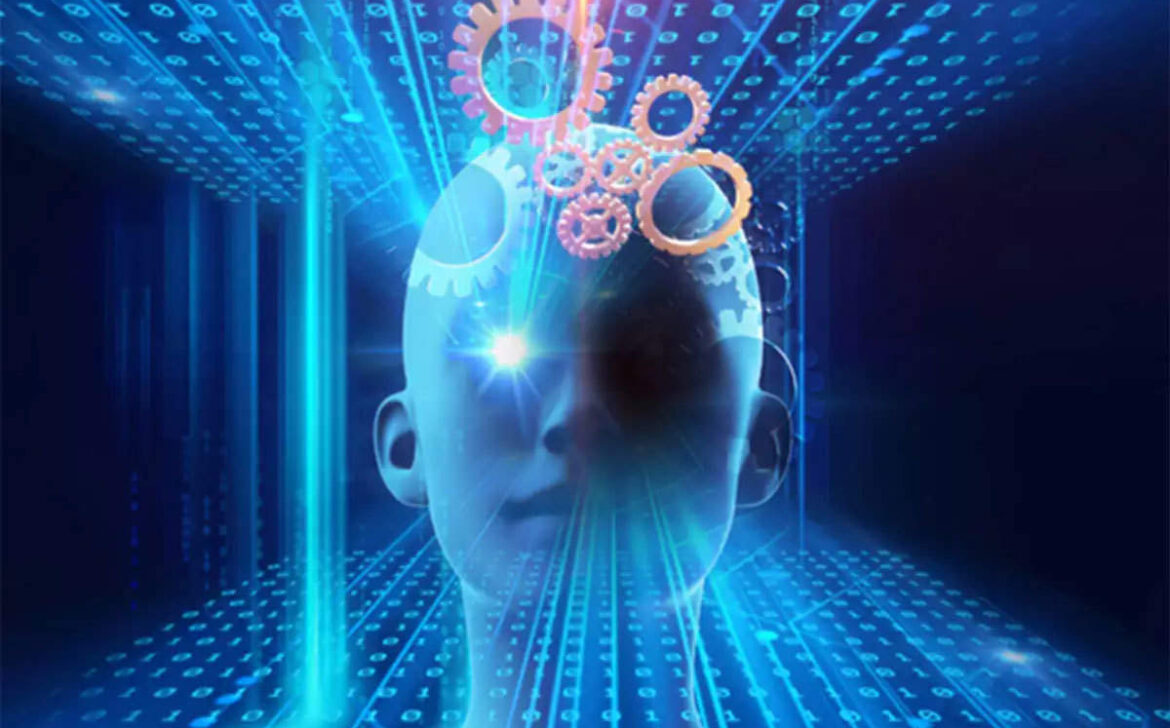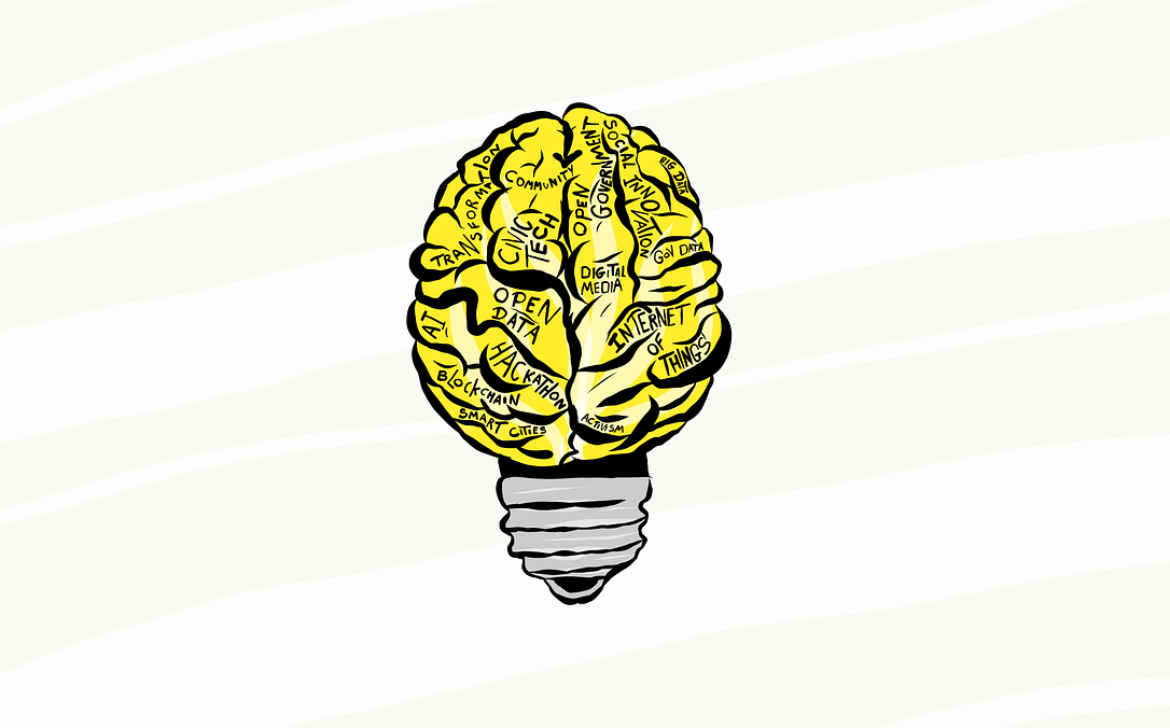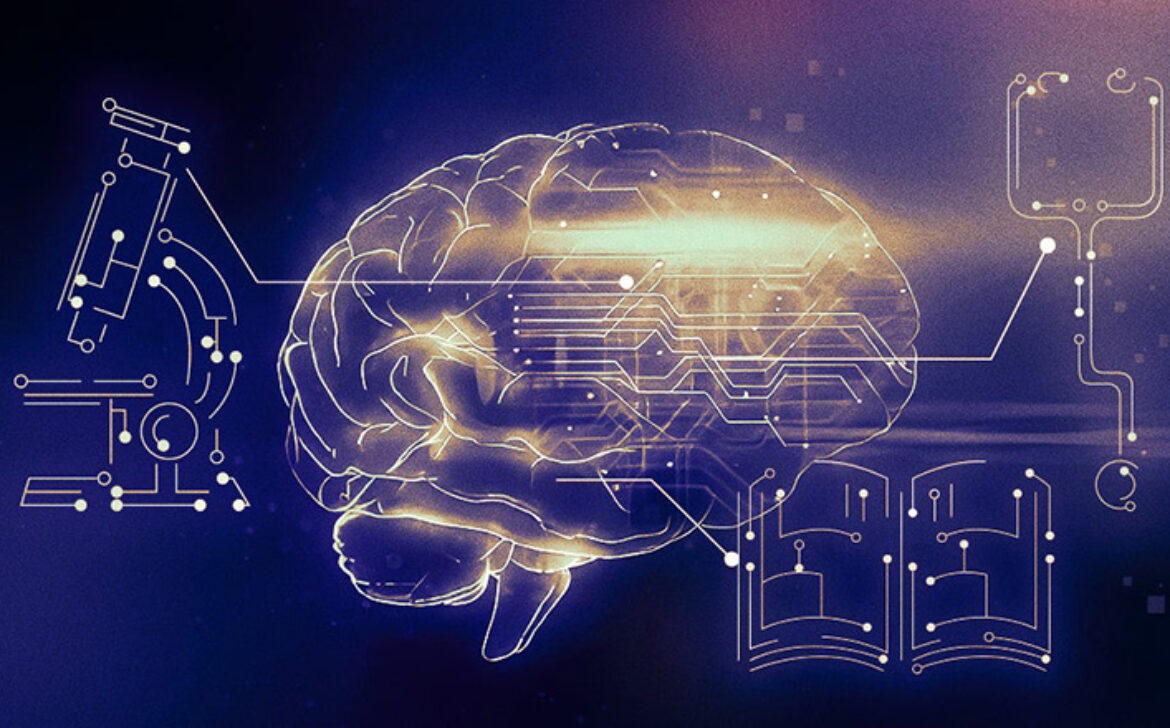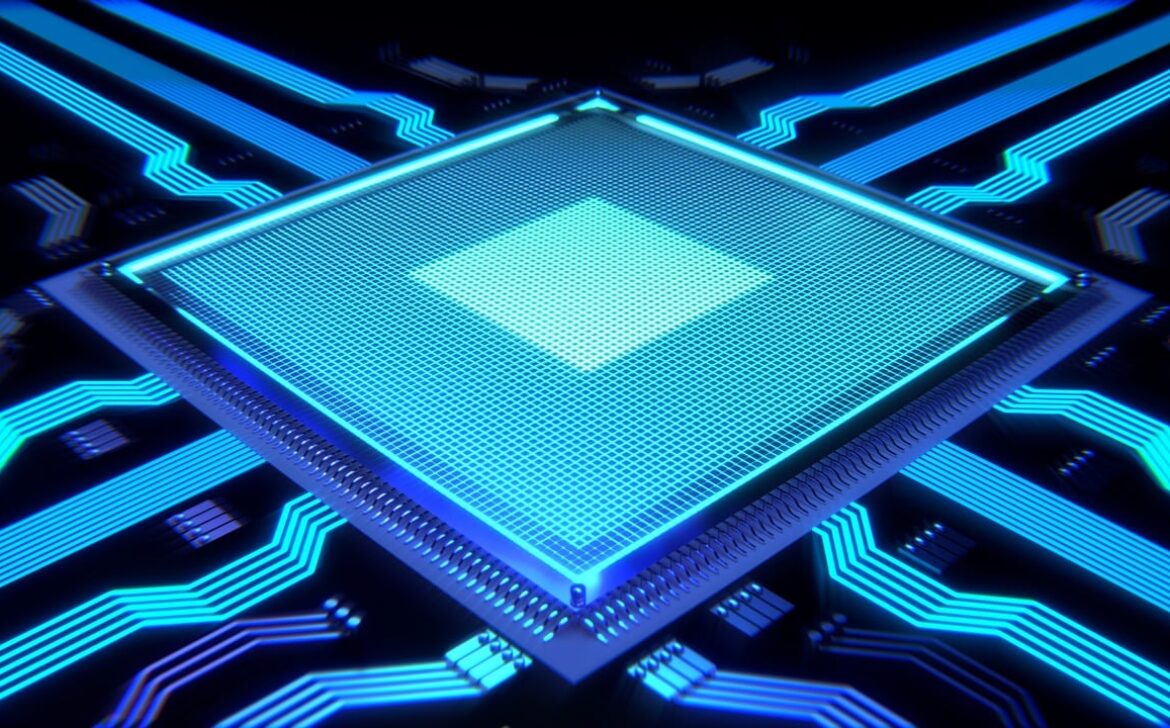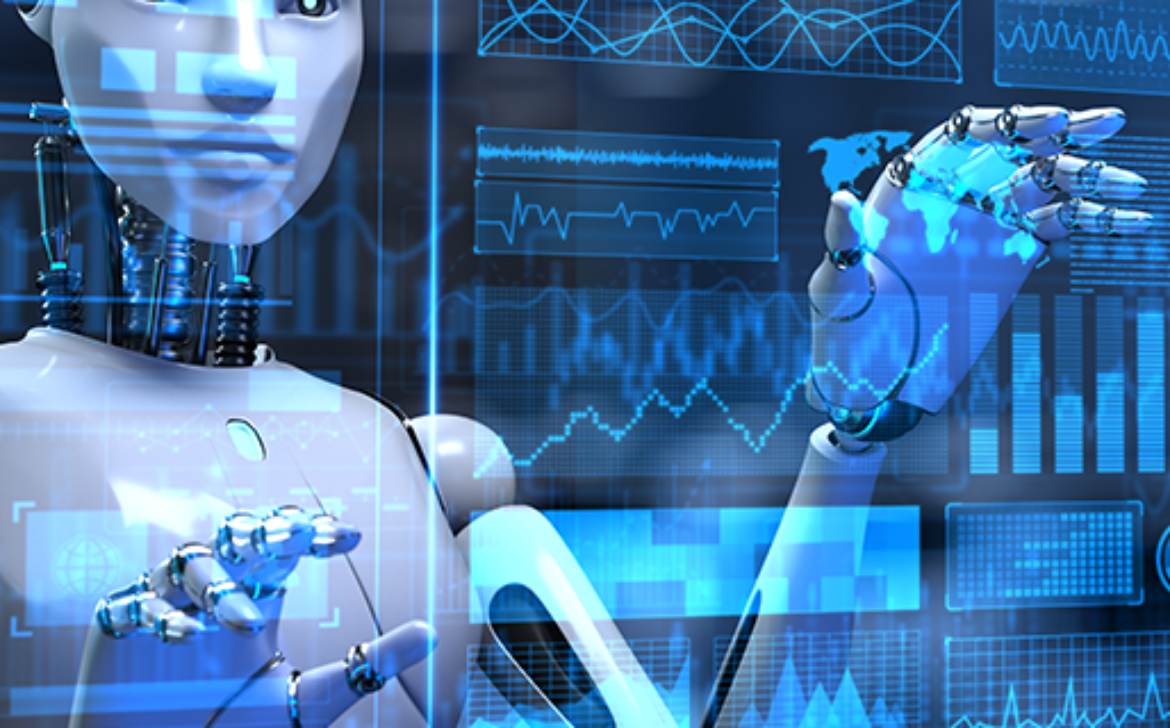Ransomware Unveiled: Understanding, Preventing, and Recovering from Digital Extortion

In the realm of digital threats, one villain has gained notoriety for its ability to paralyze organizations and individuals alike: ransomware. This malicious software encrypts valuable data, holding it hostage until a ransom is paid. As ransomware attacks continue to rise in frequency and sophistication, understanding this threat is crucial for safeguarding our digital assets. In this blog post, we’ll delve into the world of ransomware, exploring its mechanics, preventive measures, and recovery strategies.
The Anatomy of Ransomware
Ransomware is a type of malware that infiltrates a victim’s system, encrypts sensitive data, and demands a ransom payment (usually in cryptocurrency) in exchange for the decryption key. Ransomware attacks can take several forms:
- Encrypting Ransomware: This type of ransomware encrypts files on the victim’s system, rendering them inaccessible until a ransom is paid.
- Locker Ransomware: Locker ransomware locks users out of their devices or systems, effectively denying access until the ransom is paid.
- Leakware or Doxware: In addition to encryption, attackers threaten to leak sensitive data unless the ransom is paid.
The Impact of Ransomware Attacks
Ransomware attacks can have severe consequences, affecting individuals and organizations across various sectors:
- Financial Loss: Ransom payments can be substantial, and even if paid, there’s no guarantee that attackers will provide decryption keys.
- Operational Disruption: Organizations may experience downtime, disrupted operations, and loss of revenue due to inaccessible systems and data.
- Reputation Damage: Public exposure of sensitive data can lead to reputational damage and loss of trust among customers and partners.
- Legal and Regulatory Consequences: Organizations handling sensitive information may face legal and regulatory repercussions for data breaches.
Preventive Measures: Strengthening Your Defenses
Preventing ransomware attacks requires a multi-pronged approach to cybersecurity:
- Regular Backups: Regularly backup your data to offline or remote locations to ensure that even if your systems are compromised, you can restore your data without paying a ransom.
- Software Updates: Keep operating systems, applications, and security software up to date to address known vulnerabilities.
- Employee Training: Educate employees about phishing emails, suspicious attachments, and the importance of strong password practices.
- Network Segmentation: Segment your network to limit lateral movement for attackers in case one part is compromised.
- Access Controls: Restrict user access to only the data and systems necessary for their roles.
- Email Filtering: Use advanced email filtering solutions to block malicious attachments and URLs.
Recovery Strategies: Navigating the Aftermath
If you fall victim to a ransomware attack, consider the following steps:
- Isolate and Assess: Isolate infected systems to prevent the malware from spreading. Assess the extent of the damage and the type of ransomware involved.
- Do Not Pay: Law enforcement agencies and cybersecurity experts often advise against paying ransoms, as it encourages attackers and doesn’t guarantee data recovery.
- Consult Professionals: Seek assistance from cybersecurity experts who can analyze the attack and potentially assist in data recovery.
- Restore from Backups: If you have backups, wipe affected systems clean and restore data from backup sources.
- Report the Attack: Report the attack to law enforcement agencies and appropriate regulatory bodies.


